Reviewed by Corey Noles
You slide into your car, plug in your iPhone, and suddenly your dashboard looks nothing like what you've gotten used to over the past few years. Welcome to iOS 26—where even familiar CarPlay gets a controversial glow-up that's dividing drivers before it even officially launches.
What you need to know: • iOS 26 brings widgets, Live Activities, and a "Liquid Glass" redesign to standard CarPlay this fall • Major automakers are rejecting Apple's more ambitious CarPlay Ultra, calling it "overreach" • Despite 600 million daily CarPlay sessions, safety concerns persist about in-car tech distractions • Standard CarPlay updates will work on iPhone 11 and newer when iOS 26 drops in September
The shiny new CarPlay that's splitting opinions
Let's break down what's actually new. iOS 26 transforms CarPlay's visual language with something Apple calls "Liquid Glass"—think translucent, refractive elements that make your dashboard look like it stepped out of a sci-fi movie. The updated interface switches between light and dark modes automatically, and app icons now have that shimmery, depth-filled look you'll recognize from recent iPhone updates.
Here's where Apple made a strategic shift that most people are missing: widgets are finally coming to regular CarPlay users. During our week testing the iOS 26 beta, these WidgetKit-powered tiles proved genuinely useful for controlling HomeKit accessories, checking calendar appointments, or monitoring package deliveries right from your dashboard—all features that were previously held hostage behind CarPlay Ultra's limited availability. This represents Apple's compromise strategy: deliver meaningful Ultra features to the 98% of cars that support standard CarPlay, rather than waiting for automakers to embrace their more ambitious takeover plan.
Live Activities tag along too—real-time updates for flight delays, sports scores, and food delivery status now appear in CarPlay's split-view interface. In our testing, having live flight updates visible alongside turn-by-turn directions eliminated the dangerous habit of checking your phone for gate changes during airport runs.
The messaging experience gets less obnoxious as well. Instead of full-screen call interruptions that block your turn-by-turn directions, incoming calls now use a compact view at the bottom of the screen. During our week with the beta, this compact notification prevented three missed turns that would have happened with the old full-screen takeover. Plus, you can finally respond to texts with Tapbacks—those heart, thumbs-up, and exclamation mark quick responses—directly through CarPlay's touchscreen interface.
Why automakers are giving Apple the cold shoulder
Sound familiar? Apple creates something technically impressive, then hits a wall when other companies don't want to play ball. CarPlay Ultra represents Apple's most ambitious automotive play yet—taking over "the entire dashboard experience" with vehicle information like speed, temperature, and fuel levels alongside iPhone apps. But this resistance becomes more understandable when you consider what's really at stake: the future of automotive profits.
Mercedes-Benz, Audi, Volvo, Polestar, and Renault have all distanced themselves from CarPlay Ultra, with one Renault executive reportedly telling Apple: "Don't try to invade our own systems." That's a major retreat from Apple's 2022 announcement, which originally named 14 automakers as future CarPlay Ultra partners.
The pushback makes business sense when you examine the subscription revenue strategies driving modern automotive companies. Hyundai wants software-driven features to make up 30% of future profits, and allowing Apple to control the dashboard interface directly threatens that goal. It's the same dynamic that led GM to eliminate CarPlay entirely from their EVs—they'd rather have complete control over subscription opportunities than hand the wheel to Cupertino.
Meanwhile, only Aston Martin currently offers CarPlay Ultra in production vehicles, with Hyundai, Kia, Genesis, and Porsche remaining committed partners. BMW is taking the middle ground—supporting standard CarPlay integration while rejecting Ultra's more comprehensive takeover.
The distraction debate that won't go away
Here's the kicker: even as Apple makes CarPlay prettier and more functional, safety researchers keep building evidence that in-car tech creates genuine hazards. A UK study found that using CarPlay and Android Auto via touchscreen impairs reaction times more than alcohol and cannabis use—with drivers taking their eyes off the road for up to 16 seconds at highway speeds, equivalent to traveling more than 500 meters blindfolded.
But what makes the safety research particularly compelling is how it builds toward a clear design philosophy that Apple seems to be implementing. The MIT-led AHEAD consortium has spent over two decades studying driver workload and suggests focusing on how drivers manage attention over time rather than just measuring "distraction" moments. This explains why iOS 26's compact call notifications and voice-first Tapback responses specifically address the prolonged off-road glance times that the UK study identified as most dangerous.
A systematic review of 96 studies from 2012 to 2023 identified six primary safety issues with in-vehicle infotainment systems: driving distraction, situational awareness reduction, cognitive overload, degraded driving performance, interaction failures, and negative emotional states. Notably, the research consistently shows that speech-based interfaces and voice commands perform significantly better than touchscreen interactions—which explains why Apple continues expanding Siri integration even as they add more visual elements to CarPlay.
The irony? Apple's own data shows CarPlay is wildly popular—available in 98% of new US cars and used over 600 million times daily. Survey data shows drivers rate infotainment systems with CarPlay support higher (840 out of 1,000) than those without it (805 average). But that popularity doesn't eliminate the fundamental tension between useful features and safe driving—it just means the solution lies in smarter implementation, not feature elimination.
What this means for your next car ride
PRO TIP: If you're eager to try the new CarPlay features, you can test them now through Apple's Developer Program, but the public release won't arrive until September with iPhone 11 and newer devices.
The beauty is in the balance—iOS 26's CarPlay improvements address real usability pain points without requiring you to buy a new car. Those compact call notifications alone will prevent countless missed turns, and Tapback responses offer a genuinely safer way to acknowledge messages while driving. The widget integration brings feature parity with CarPlay Ultra, which means you're not missing out on key functionality just because your car doesn't support Apple's next-gen system.
But here's what's really happening beneath the surface: we're watching a fundamental shift in automotive power dynamics play out in real time. Apple's CarPlay Ultra vision—taking over entire vehicle interfaces—represents the same kind of platform control strategy that made iPhones dominant over hardware manufacturers who became essentially accessory makers. Car manufacturers pushing back isn't just about protecting their turf; it's about avoiding the fate of becoming hardware vendors for Apple's software experience, much like how smartphone manufacturers struggled once iOS and Android dominated the user interface.
The stakes become clearer when you consider the subscription revenue models that increasingly drive automotive profits. Companies like BMW already charge monthly fees for heated seats through their ConnectedDrive service, while OnStar generates recurring revenue through GM's integrated services. Handing dashboard control to Apple threatens these direct customer relationships and the financial future they represent.
The safety concerns, meanwhile, are legitimate but don't necessarily disqualify the technology. The same research that highlights distraction risks also demonstrates that voice-based interfaces perform significantly better than touchscreens for task completion time and lane-keeping performance. This dual finding explains why iOS 26 simultaneously expands both visual capabilities and voice integration—it's a recognition that the safest interface combines visual information with voice control.
Where does CarPlay go from here?
Despite the corporate drama, Apple isn't backing down. The company told the Financial Times that more automakers using CarPlay Ultra are on the way, emphasizing that "this work takes time." References to next-generation CarPlay have appeared in iOS 18.3 beta releases, and Apple recently filed new CarPlay Ultra images in EU databases—suggesting development continues despite the automaker resistance.
The reality is that iOS 26's standard CarPlay updates represent Apple's practical compromise—a trojan horse strategy that delivers meaningful improvements to the 98% of new cars that already support CarPlay, while demonstrating what the full Ultra experience could offer. Current iOS 26 features like Smart Display Zoom and AirPlay video streaming (when parked) suggest Apple is thinking beyond just phone mirroring toward a more integrated automotive experience.
This strategy creates pressure on both sides. Drivers experiencing iOS 26's improved widgets and Live Activities will naturally want more integration—potentially pushing automaker partners toward Ultra adoption. Meanwhile, automakers watching customer satisfaction scores favor CarPlay-equipped vehicles (840 vs 805 average approval ratings) face the risk of losing buyers to competitors who offer better Apple integration.
The competitive landscape adds urgency to Apple's automotive ambitions. Chinese manufacturers are developing sophisticated in-car ecosystems that could challenge Apple's global expansion, while Google's Android Auto and Built-In services are gaining deeper vehicle integrations. Tesla's software-first approach has already proven that customers will accept non-traditional automotive companies as software platform providers—validating Apple's broader strategy even as specific partnerships face resistance.
Whether you love or hate the changes coming this fall, one thing's certain: the battle for your car's dashboard is just getting started. Apple may have stumbled with CarPlay Ultra's initial rollout, but iOS 26 proves they're taking the long view—building user demand for deeper integration while automakers decide whether they want to be software companies or Apple's hardware partners. The scenic route might be longer, but it's leading toward the same destination.





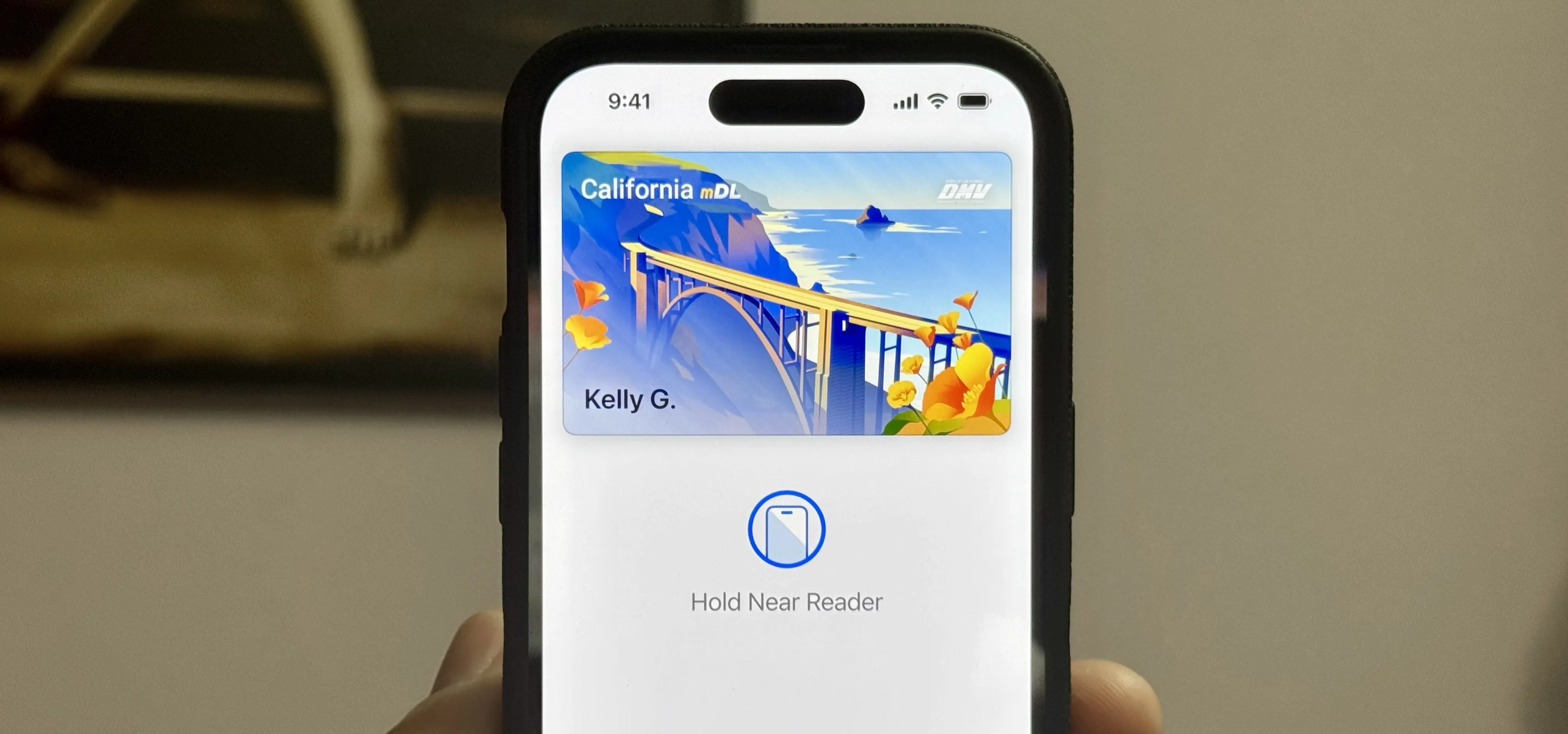
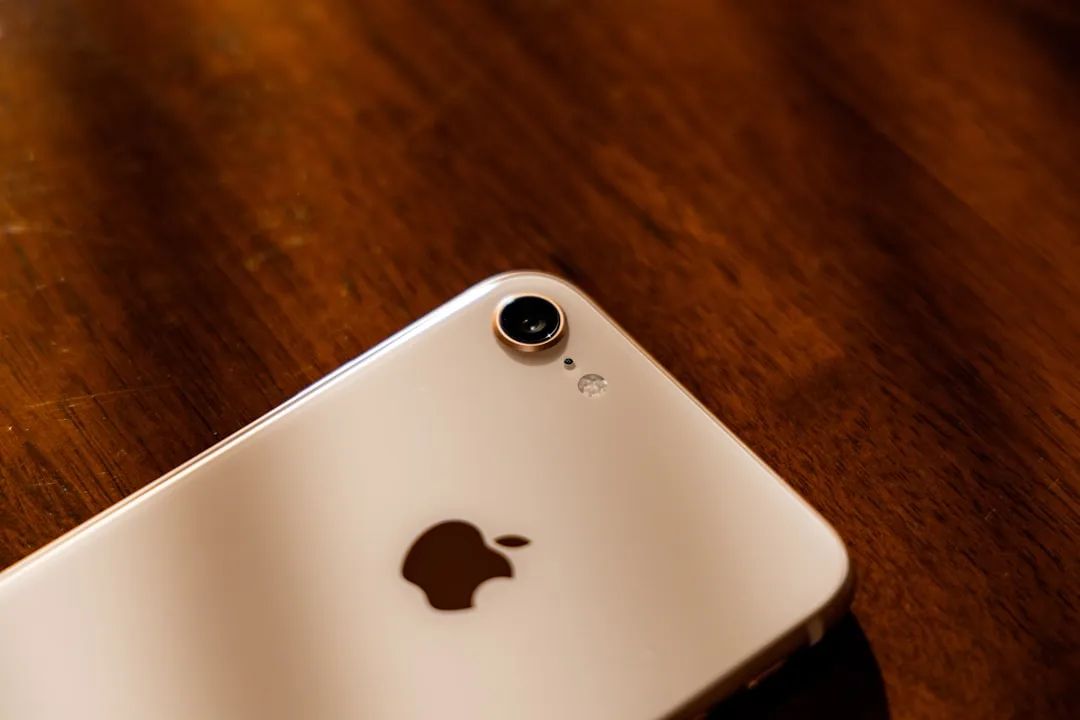
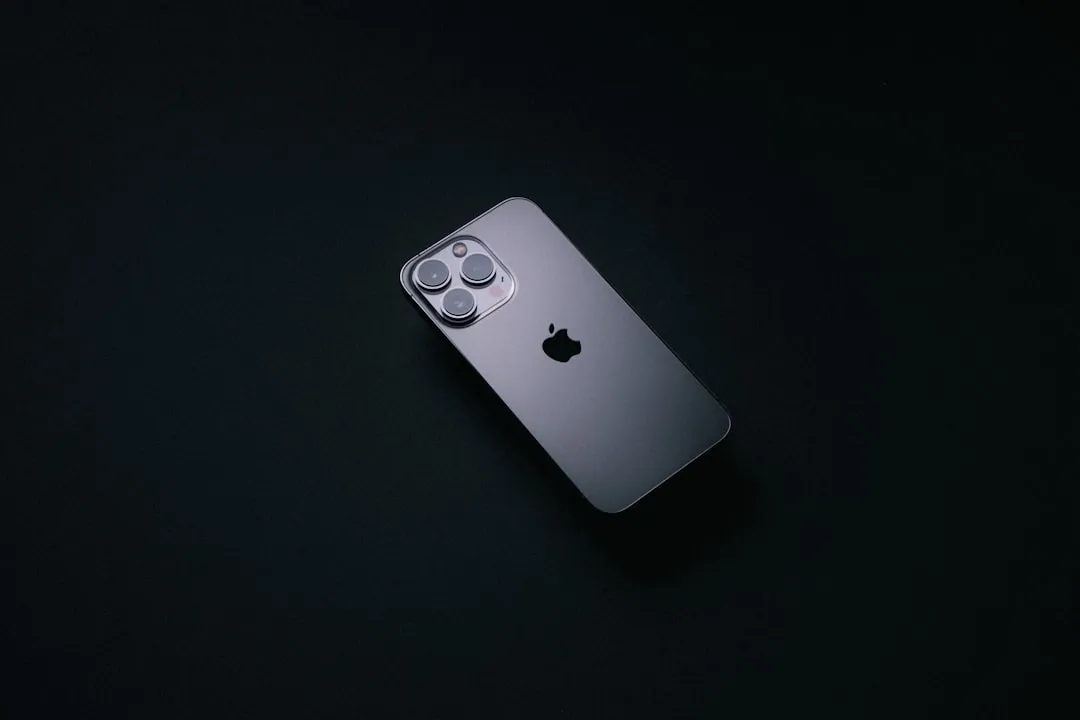
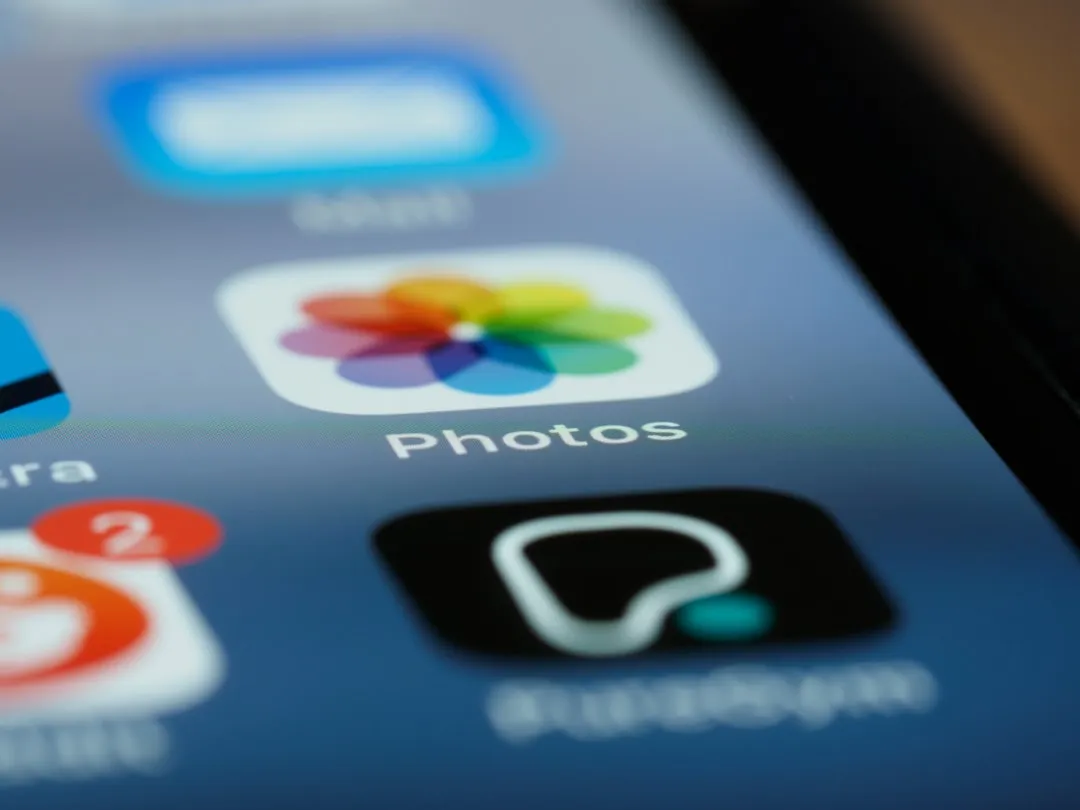
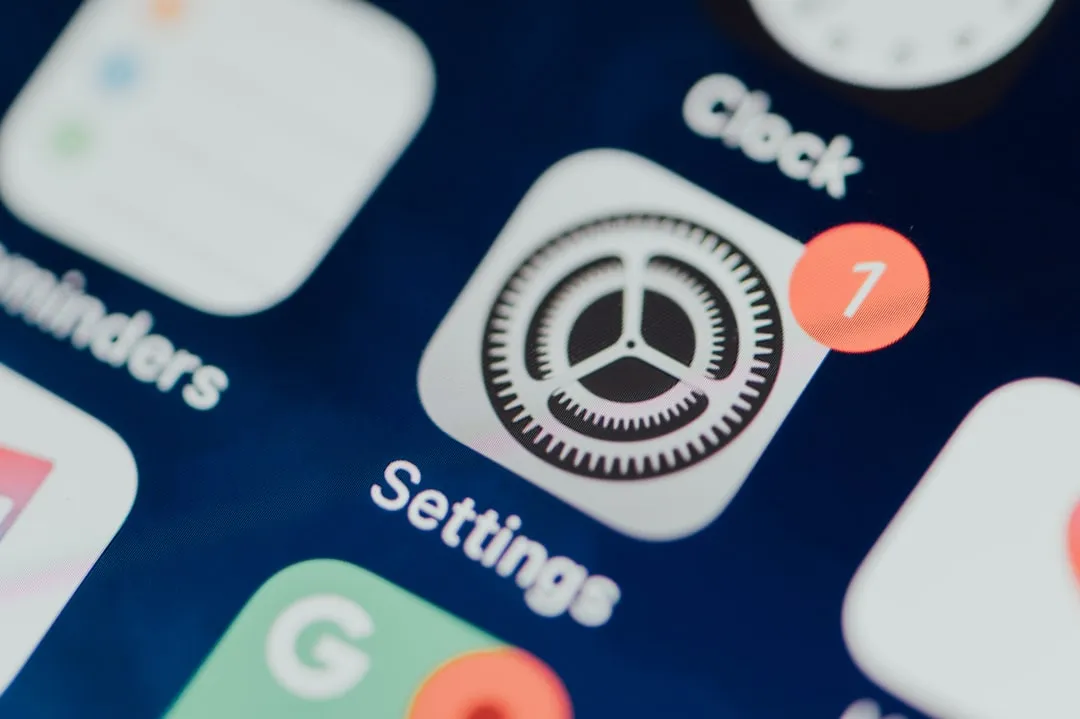
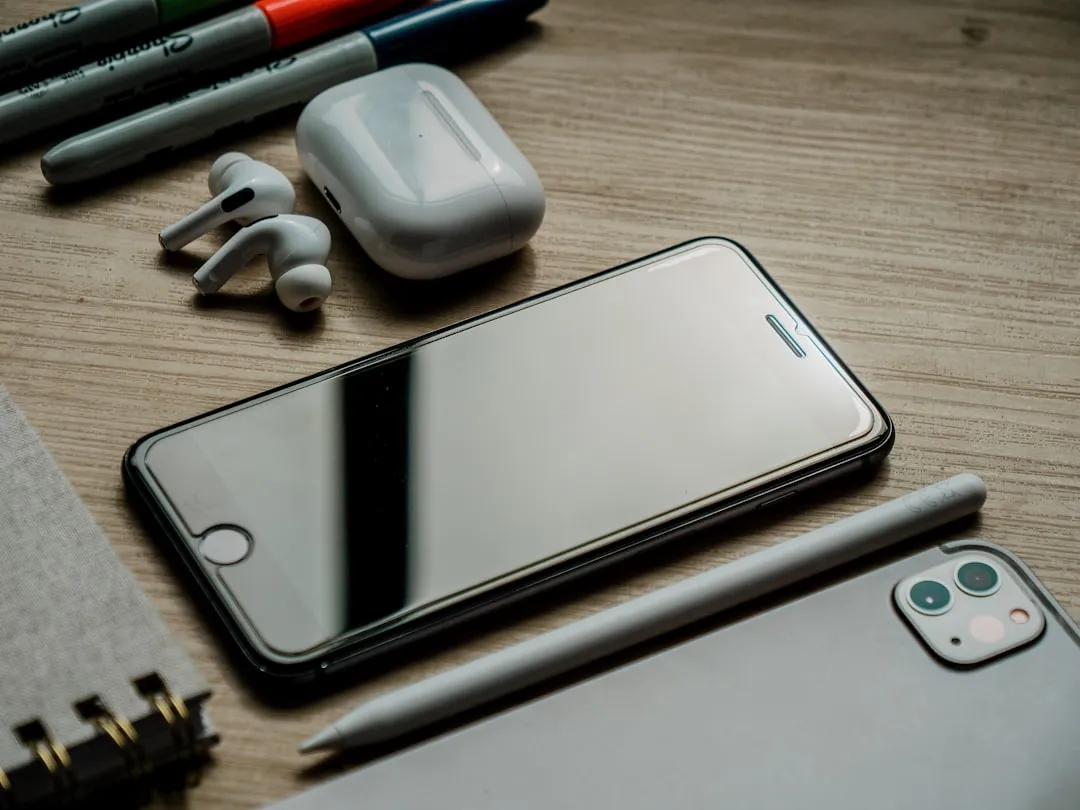

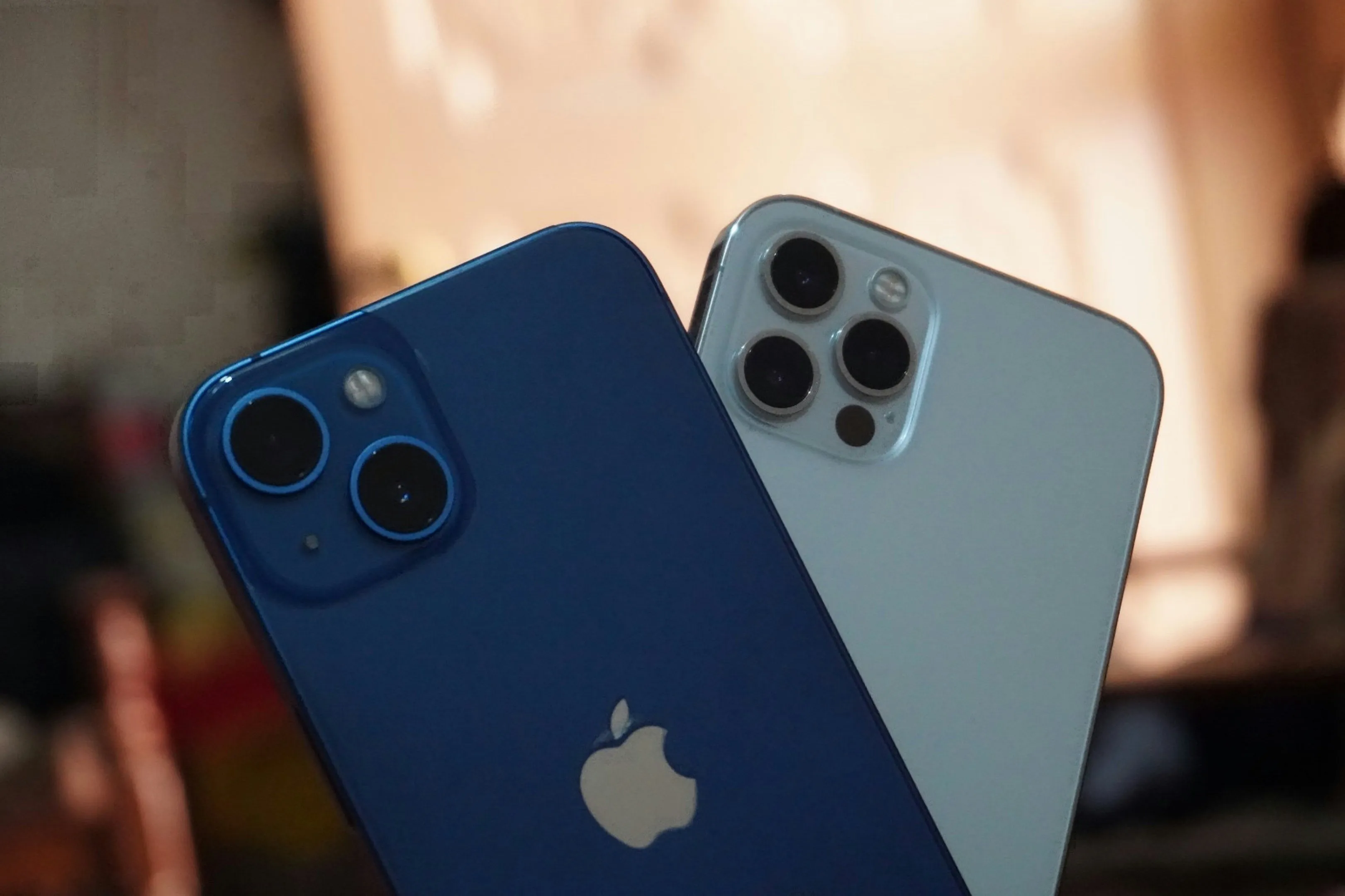

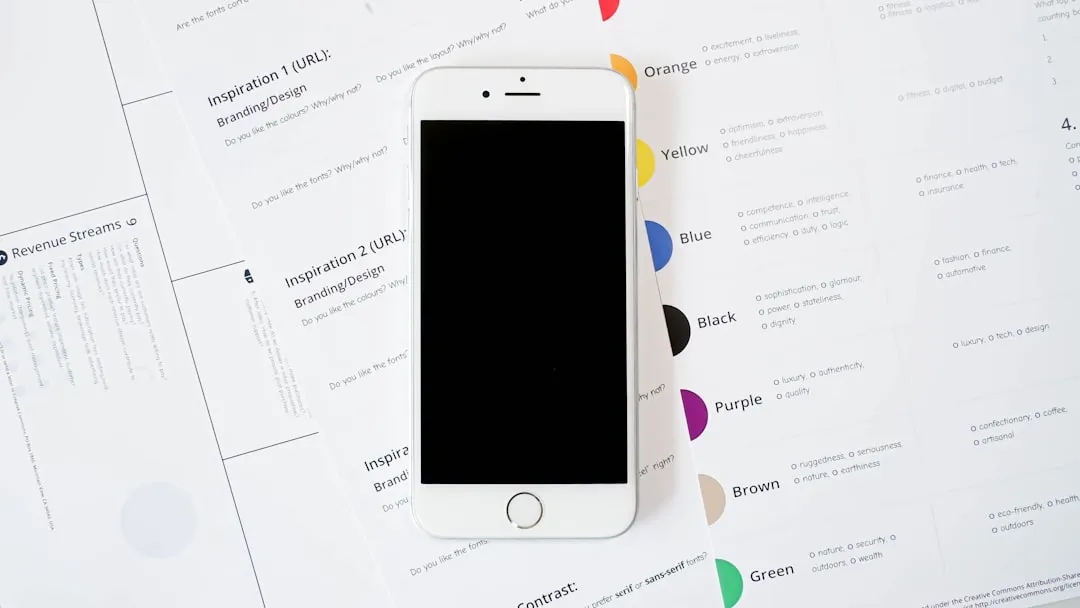
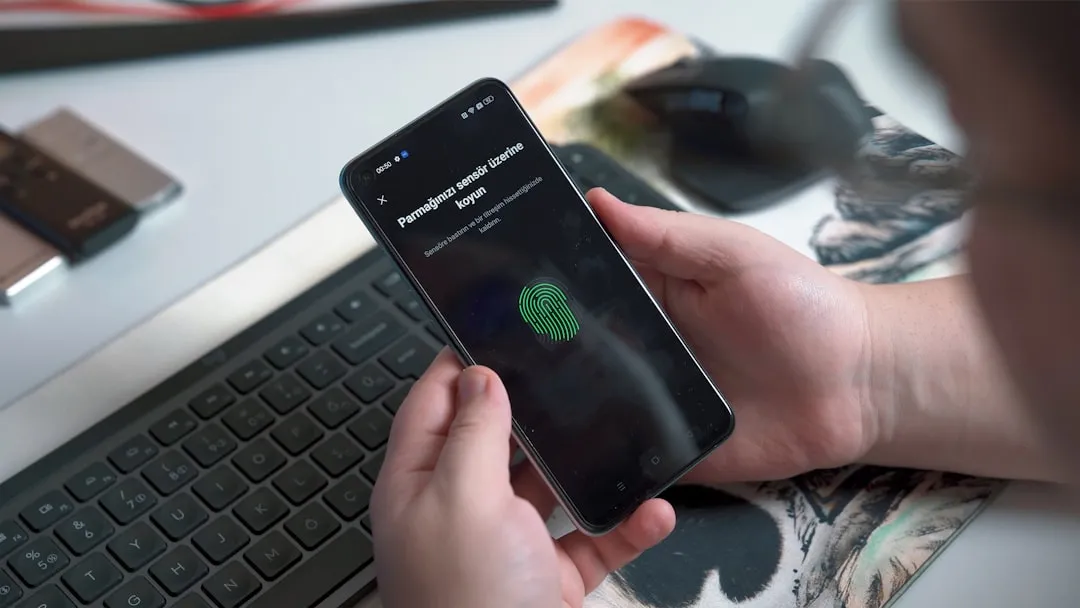
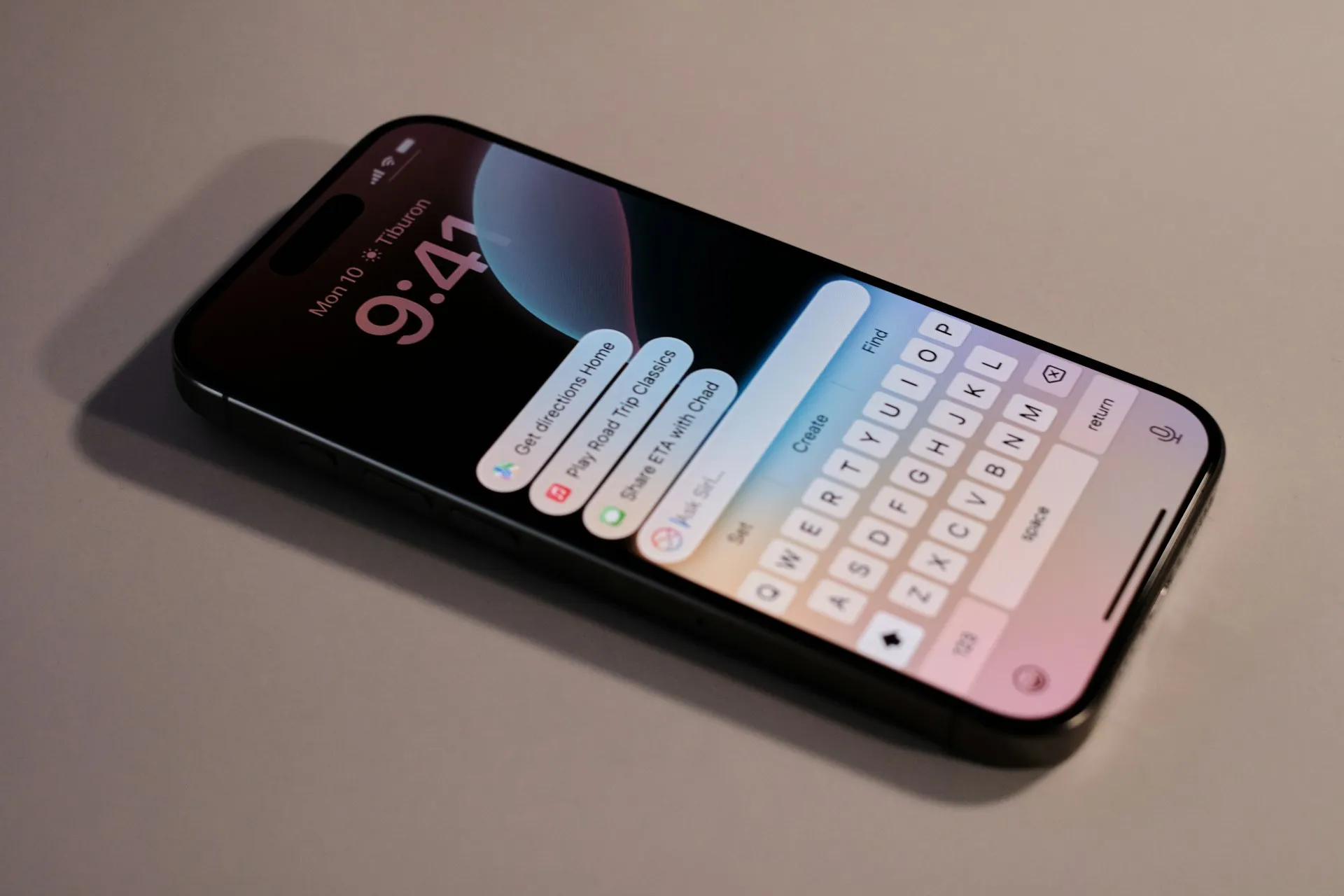

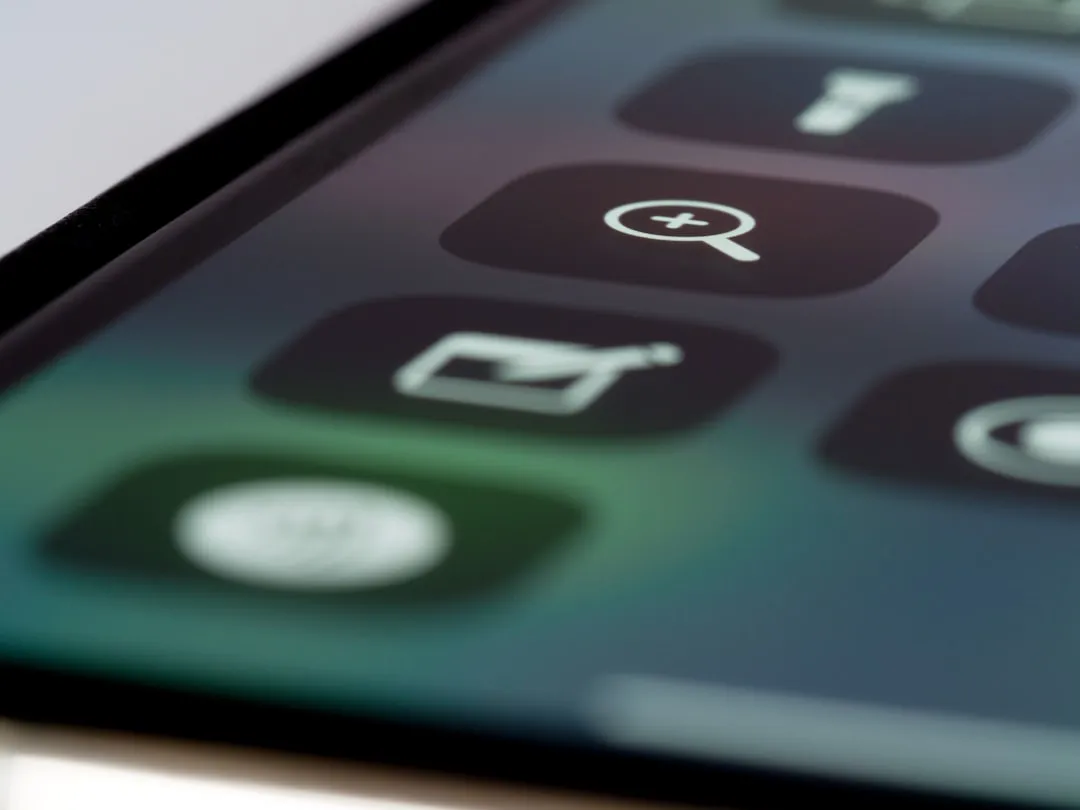
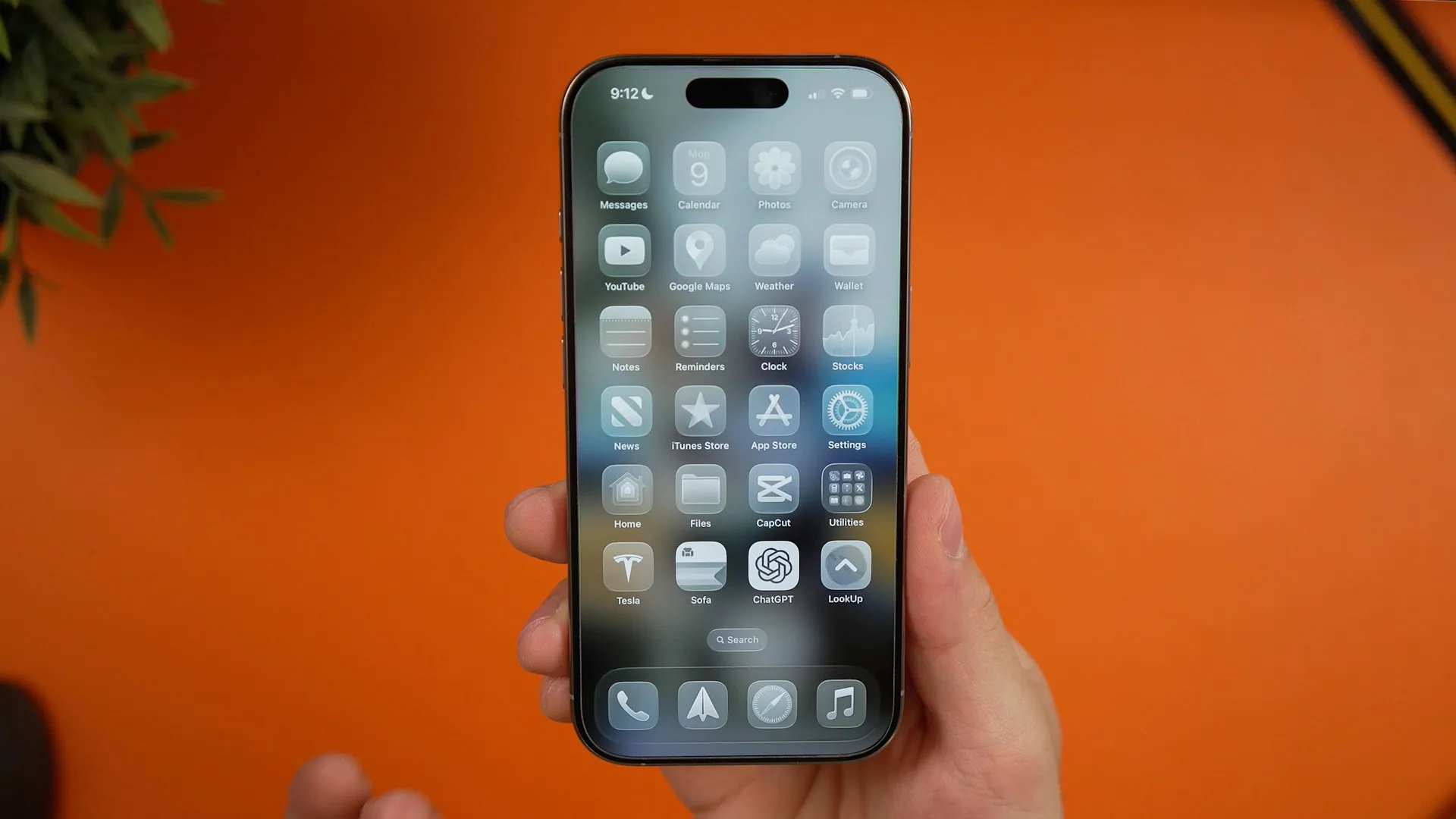
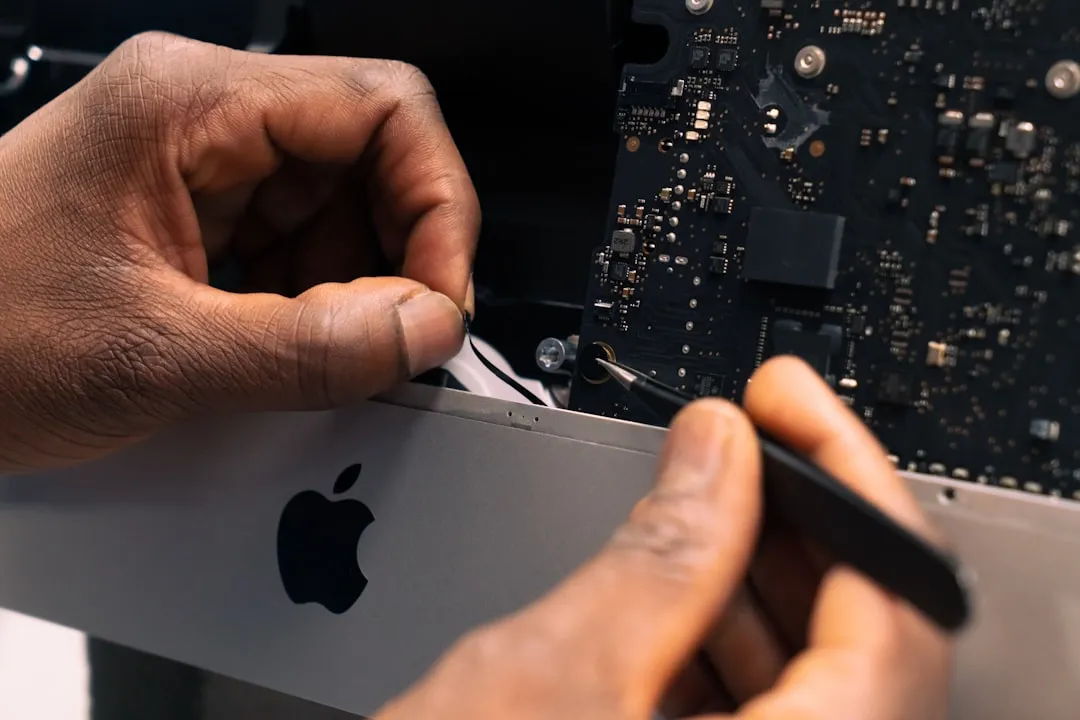
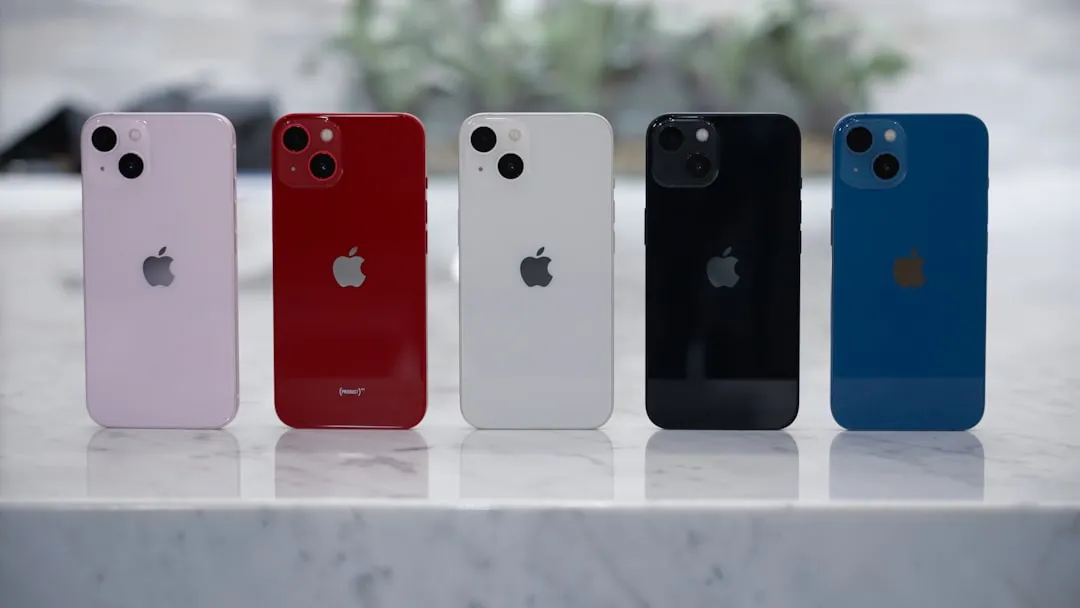
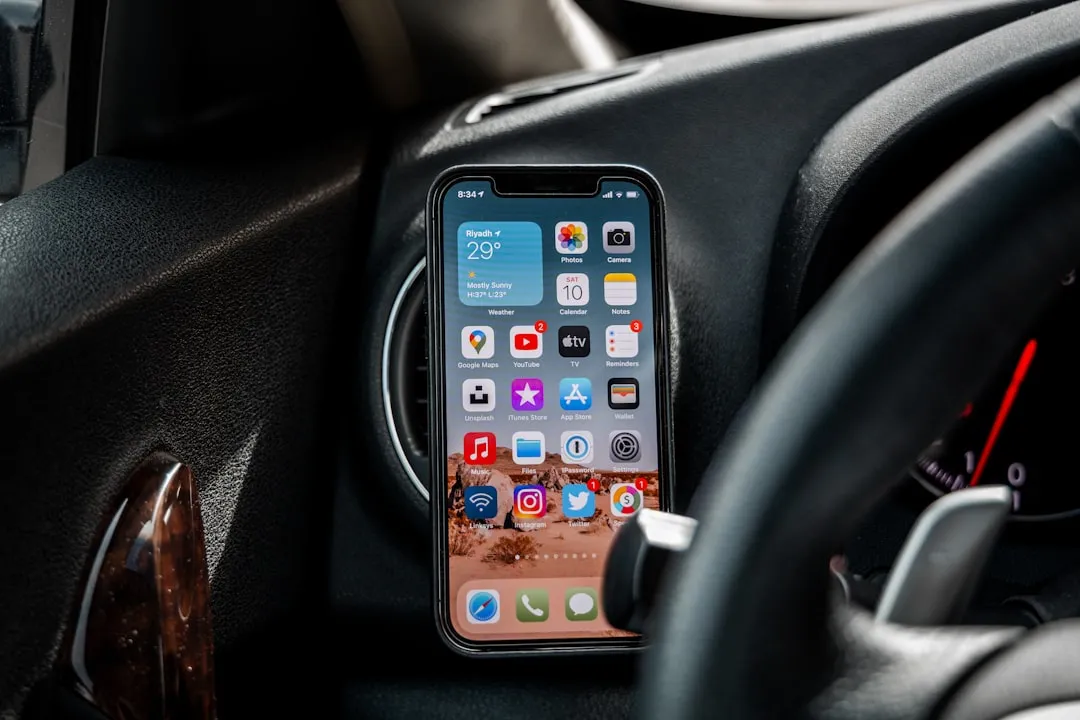


Comments
Be the first, drop a comment!